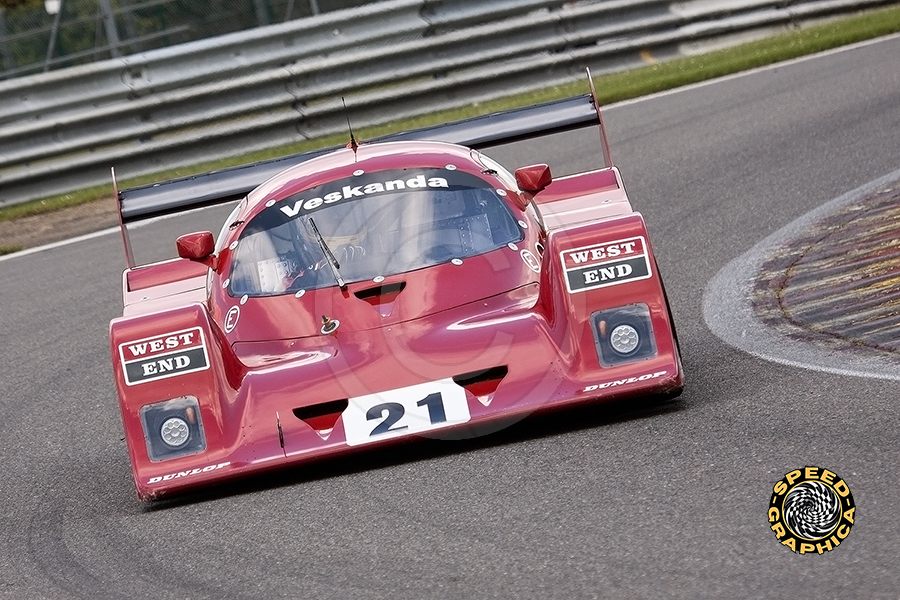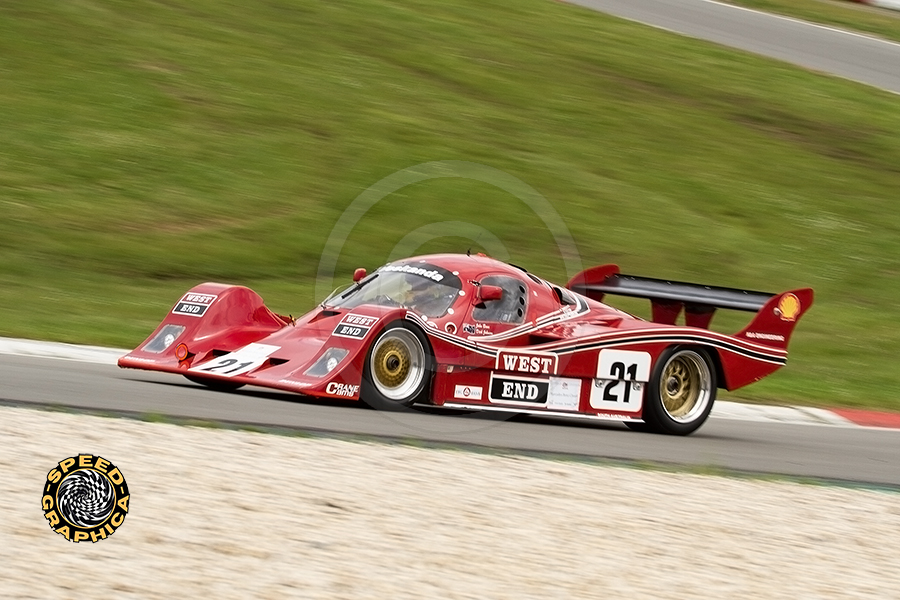Group C: The Rise and Fall of the Golden Age of Endurance Racing: Veskanda

By Marcel Hundscheid
In the penultimate episode of our long running series about Group C cars, we will take a closer look at the unique Veskanda.
During the early eighties, a sports car was constructed in Australia according to FIA Group C1 specifications, with the aim of entering the final race of the World Endurance Championship at Sandown Park. This car would become known as the Veskanda.
Prior to this story, in the late seventies, two gentlemen, Dale Koennecke and Harry Aust, who at that time were working for the Australian variant of Lotus, Elfin Sportscars, decided to set up their own company K&A Engineering. They were responsible for the design and production of a number of sports sedans and aluminium monocoques with a mid-mounted engine, and won several national championships.
K&A Engineering was reinforced in 1983 by Bernie Van Elsen, who in turn was working as a successful local commercial photographer. Van Elsen financed the design of the FIA Group C1 car entirely from his own resources. The car was powered by a six-litre Chevrolet engine and was called the Van Elsen Special K and A, or abbreviated VESKandA. It used a glass-fibre bodied, aluminium, honeycomb construction.

In search of a suitable driver, John Bowe was approached. Despite a serious crash during testing, which damaged the monocoque considerably, the Veskanda made its debut at the 4th round of the Australian Sportscar Championship in Adelaide. The performances during the debut were astonishing. The Veskanda was the fastest during all free practice sessions, took pole position for both races and won both with a lead of one lap. They also smashed the existing track record.
It was the beginning of a success story that continued in 1985, 1986 and 1987 when Veskanda won the Australian Sportscar Championship. The car was absolutely dominant, winning every race it started with the exception of an early retirement in the 1987 race at Calder Park.
The team lacked the resources to develop a regulation compliant FIA Group C car, but they were able to make the start of the final race of the FIA World Endurance Championship in Melbourne in 1988 with John Bowe and Dick Johnson at the wheel.

Bowe and Johnson managed to qualify the Veskanda in a fine 8th place surrounded by factory entered cars from Jaguar, Mercedes and a number of Porsches. During the race the Veskanda drove impressively in fifth place until an outdated engine management system decided to report a different fuel consumption. The FIA then intervened decisively and punished the team because the predetermined maximum fuel limit had been exceeded.
Unfortunately, the car only made this one-off high-profile appearance in the World Endurance Championship, disappearing until the early 2000s. After a restoration, the Veskanda was sold and surprisingly appeared in Europe in 2012 and 2013.
Motorsport Retro had the pleasure of seeing the Veskanda in action at the time, competing in the Peter Auto Group C Racing championship, where it was seen in the hands of Paul Stubber. The Veskanda made a major European tour, culminating in a participation in the Le Mans Classic. For many, it was a unique opportunity to see this lightning-fast prototype in action again, 25 years after its heyday.
In the next and final part of our series of articles on the main Group C cars, we focus on Zakspeed.

